Burial
Burial Information
Traditionally, a burial service involves a visitation, followed by a funeral service in a church, or other place of worship. The casket is typically present at both these events, and it is your decision on whether to have the casket open or not. You have the option of having the remains interred (earth burial), or it may be entombed in a crypt inside a mausoleum (above ground burial).
Cemetery Types
Monumental Cemetery
A monumental cemetery is the traditional style of cemetery where headstones or other monuments made of marble or granite rise vertically above the ground. There are countless different types of designs for headstones, ranging from very simple to large and complex.
Lawn Cemetery
A lawn cemetery is where each grave is marked with a small commemorative plaque that is placed horizontally at the head of the grave at ground-level. Families can still be involved in the design and the information contained on the plaque, however in most cases the plaques are a standard design.
Mausoleum
A mausoleum is an external free-standing building constructed as a monument enclosing the interment space or burial chamber of a deceased person or people. A mausoleum may be considered a type of tomb or the tomb may be considered to be within the mausoleum. The most famous mausoleum is the Taj Mahal in India.
Columbarium
Columbarium walls are generally reserved for cremated remains. While cremated remains can be kept at home by families or scattered somewhere significant to the deceased, a columbarium provides friends and family a place to come to mourn and visit. Columbarium walls do not take up a lot of space and it is a cheaper alternative to a burial plot.
Natural Cemeteries
Natural cemeteries, also known as eco-cemeteries or green cemeteries is a new style of cemetery set aside for natural burials. Natural burials are motivated by the desire to be environmentally conscience, although natural burials can be performed at any type of cemetery, they are usually done in a natural woodland area. Conventional markings such as headstones are generally replaced with a tree or a bush or a placement of a natural rock.


